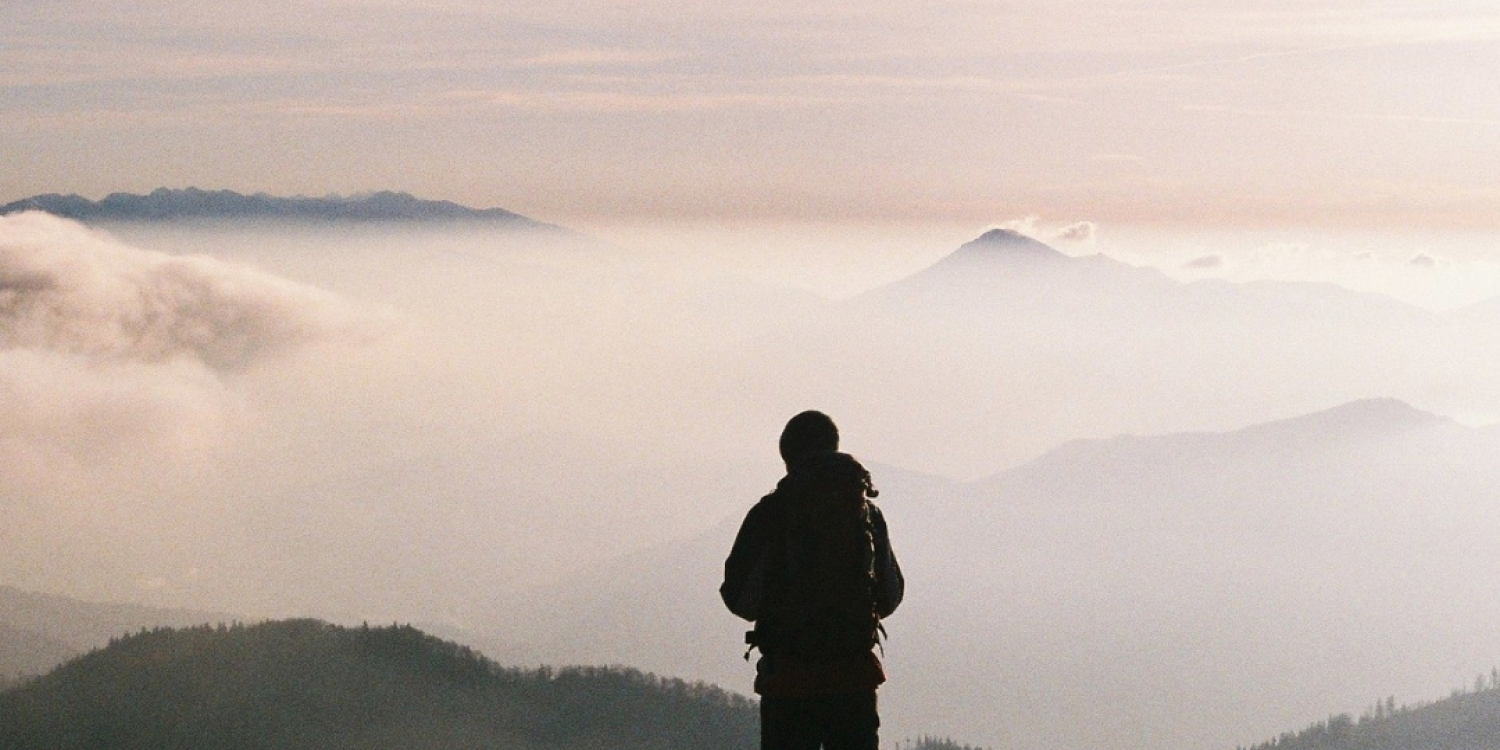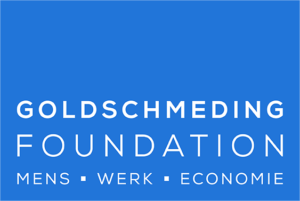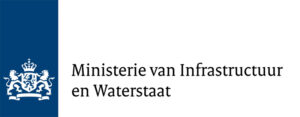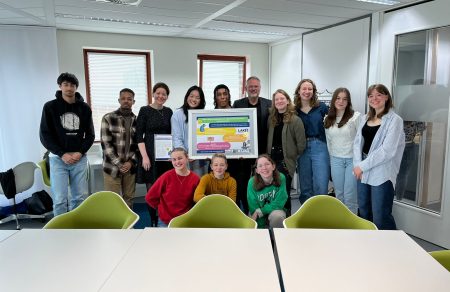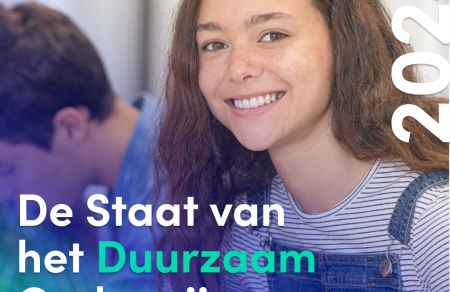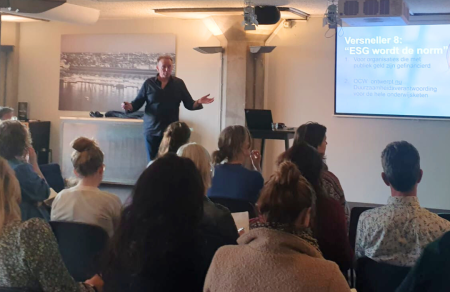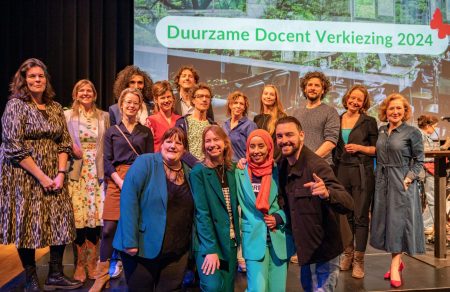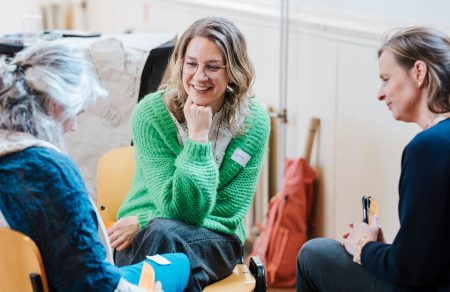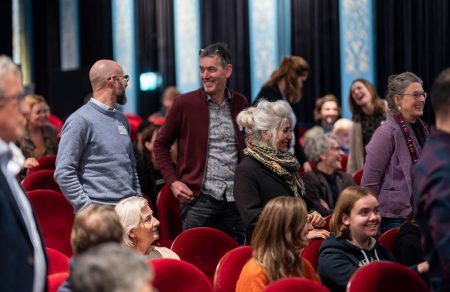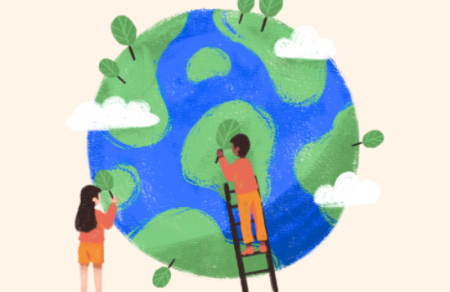What fascinates Manon about learning and development is that it is so mundane, but also fundamental. That it seems so easy, but is so ingeniously multifaceted and personal. She derives pleasure from getting beyond where you already were. Having figured something out and figured it out, she comes across all kinds of new questions she wants to work on. There is always more potential to learn, and she prefers to take others along with her in that. "For me, school learning never went very well. That mainly says something about the match between the school and me. It fascinates me to make learning and development rewarding for everyone." Her approach to this is characterized by constantly moving between theory and practice. "On the one hand, I want to put everything on the table and try it out, but on the other hand, I also like to play in my head. I like it when practice and theory touch and influence each other. When I read something my question is often: what will it look like when I do this in practice?"
The fact that learning is incredibly fun and valuable has also struck Daan in his work as program manager of Sustainability Skills; a program in which vocational education, business, governments and boosters work regionally to develop sustainable skills. He says that bringing people together and getting them to work on educating for the future is a good idea, but in practice this turns out to be not so easy. "In learning and development, I have found a way of looking, thinking and acting to start doing that stumblingly. What I really like is that it makes room to be curious, to ask questions and also to not know for a while, in an environment that can sometimes be quite results-oriented."
What is learning anyway?
With great enthusiasm, Manon shares her favorite definition of learning, namely: learning is all the things you do when you don't know what to do anymore. "What I like about that is that the starting point of learning is defined and not the end point." Daan adds that this is why learning is also very important in change challenges the world is facing now. When it comes to sustainability transitions, we often do not yet know what to do. We are then learning not on an individual level, but as a system.
Ecology as metaphor
The next question that arises is how we can then look at that learning. For her lectureship at the Aeres hogeschool in Wageningen (Ruijters, 2011), Manon was challenged to develop an Ecological perspective on learning. Ecology is a very fine and helpful metaphor for looking at learning and development in a way that fits transitions.
When we organize learning, there is often a tendency to fragment. For example, we separate knowing and applying or divide knowledge into pieces that we then try to offer in a logical order. Looking holistically means keeping the whole in mind. "Slicing a tomato looks different for biology class than it does for preparing a culinary meal." To organize learning, it helps if we can better zoom in and out to also keep an overview of the whole. The ecological perspective on learning then prefers to look at the system, rather than individuals. Learning in transitions is more 'between' people than 'in' people. We are not yet very good at organizing learning in relationships, even though that is essential. We do work a lot in groups, but confuse this with collective learning. Third, the ecological perspective on learning keeps an eye on natural patterns. "What we often do is look at one-time events and, if successful, try to repeat them as often as possible. Nature does not make exact copies, but is master of adaptation."
When she reviewed these three concepts (holistic, systemic, organic) recently, she found that there are actually two others. An ecological perspective on learning and development is "inclusive. There is a very great diversity in ways of learning. Everyone has their own way. If we want to properly organize learning in transitions, it is important to embrace that diversity. To do that, you need to have a view of your own way of learning and development in order to connect from there. Inclusive learning benefits from a boundless curiosity about the developmental identity of everyone at the table.
Finally, a final concept: "sustainable. This refers to a focus on the future-proofing (resilience, productivity, persistence, diversity) of the system and the development undertaken. "It seems that with learning and development we are often in a hurry and have little patience. The focus is mainly on the short term; long-term persistence or spread in time is often not there. Interventions roll over each other and more always seems better. I would like to see more focus on the sustainability of the intervention and what it does in the long term," says Manon.
"Transitions are very big, but touch personal"
Based on this ecology of learning, Daan indicates that you can also see the aforementioned facets in the practice of transitions and organizations. The deformations in learning we talked about earlier, for example fragmentation, we also see at the organizational level in the work we do. "Learning for Tomorrow works with its members on a very big mission. You can never achieve it in one go, so we divide it into pieces and work on a small part with a project. The risk is that you then develop a solution that can backfire somewhere else in the system. But by learning to zoom in and out, we can work on activities that contribute to the mission and strengthen each other in this," Daan explains. Manon adds that it must become both personal and also work on a large scale in the system. "That's what fascinates me about transitions: they are very big, and very small. They concern the whole system, but they also touch personally. I would still like to find something that makes that connection, and I think the answer lies in identity."
Bringing yourself into the task
In the Sustainability Skills program, among other things, we work on the basis of a model that Manon created with colleagues about task-based team learning, says Daan. "In collaboration, we assume that you don't work on an assignment, but that you turn it into a task." The difference between the two is that an assignment is something you are given, while an assignment is made together. In the case of a commission, for example, we work more defined towards a concrete result. In assignment-based work, on the other hand, we look for space to arrive at something larger. People working on a task bring themselves into it, in which their professional identity plays a major role. But what exactly is professional identity?
Manon explains to us that it is the cloud of characteristics created at the boundary of who you are, what you do and the context in which you work that inalienably gives you your color. In her publication "Pruning Makes Bloom," (Ruijters, 2015), she explains the role of professional identity as follows:
"Choices, both big and small, feel more solid when they are anchored in and consistent with our identity. In this regard, identity is the set of characteristics and traits, social relationships, roles and membership in groups, that defines who we are (Oyserman, Elmore, & Smith, 2012). Our identity forms our compass; it is our signifier. It correctly brings certain things to our attention or relegates them to the background."
Feeling as a starting point for learning
Often we want to work from concrete content, while we can also start from that which touches us. Learning, especially in practice, actually starts with feeling. We have tucked that feeling away, while feeling often hides practical wisdom. In work, we often talk about concepts and content, but underneath lies feeling and imagination. When you start from feeling, you begin at the layer of identity and go through a deep learning process. Because identity is who you would like to be.
Daan laughs and says, "I remember the first time you brought up identity. I came with a concrete question about scaling up. You told me about identity and at first I thought what should I do with this?". He adds that it also makes sense that for many people it can feel like a detour. In the sustainable themes we work on, this is difficult because people who are working on this often feel a great urgency. "Feeling," Manon repeats with a wink, "There you have it. If you can touch people then they really get moving."
References
Ruijters, M. (2011). Pulling into bloom...Learning to develop people and organizations. Stoas University of Applied Sciences Wageningen.
Ruijters, M. (2015). Pruning Produces Bloom. On essences of Learning and Development. Stoas University of Applied Sciences Wageningen.
This article is part of a two-part series on learning a developing around change tasks. You can read the other part here.
Want to learn more about educating for an inclusive, sustainable future and how you can join the Sustainability Skills program?
